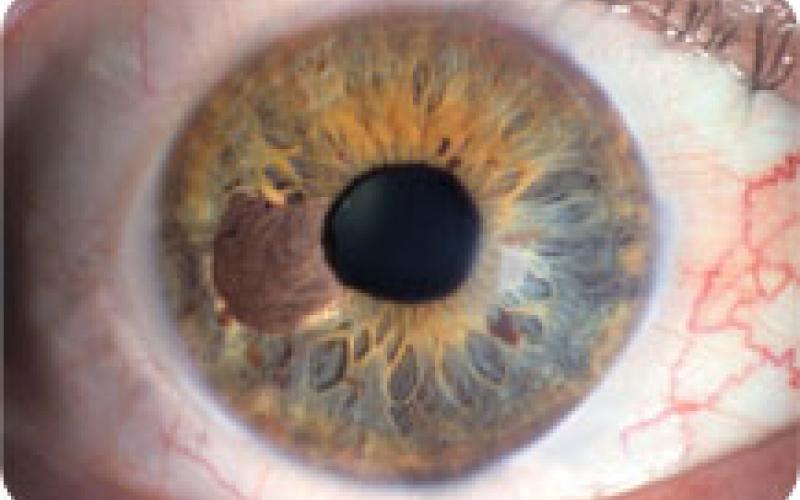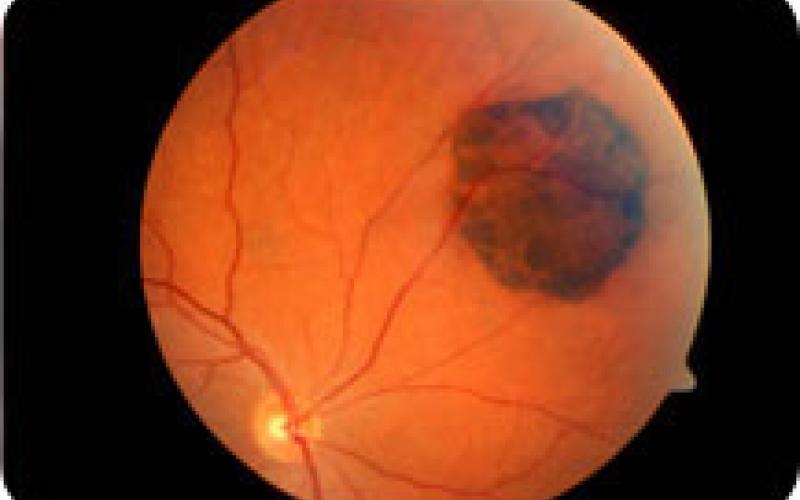Eye Tumors Unit
EYE TUMORS
Neoplasms, that is to say, tumors, consist of cells not responding to the body's limiting mechanisms of development. Classically, they may be benign or malignant. Eye tumors can also be classified anatomically (for example, retina, choroid, etc.), histopathologically or embryologically by the TNM system. Symptoms and signs vary according to tumor type at the time of onset.
The nature, size, extraocular spread, anatomical effects, visual status of the affected eyes, pros and cons of existing treatments, patient's age and general health, and patient expectations should taken into account during the treatment planning.

Iris Tumor

Choroid Tumor
THE MOST IMPORTANT EYE TUMORS
Retinoblastoma: It is a tumor seen in infancy and childhood. Generally, it occurs by the white eye of the pupil in one or both eyes. Another symptom is the strabismus in the child's eyes. Treatment options include chemotherapy, enucleation (surgical removal of the eye), radiotherapy (radiation or radioactive plaque treatment), laser, cryo (freezing).
Uveal melanoma: They are generally detected at 55-60 years of age. Its appearance is a visible spot on the iris or a change in iris color in one eye. Visual disturbances of the posterior settlements can lead to floating specks. Sometimes they are detected incidentally in routine ophthalmologic examination. Surgery and plaque radiotherapy may be used in the treatment.
Metastatic tumors of the eye: They most often occur by visual impairment. Breast cancer is the most common type of cancer spreading the eyes in women, whereas lung cancer is the most common type of cancer in men spreading the eyes.

